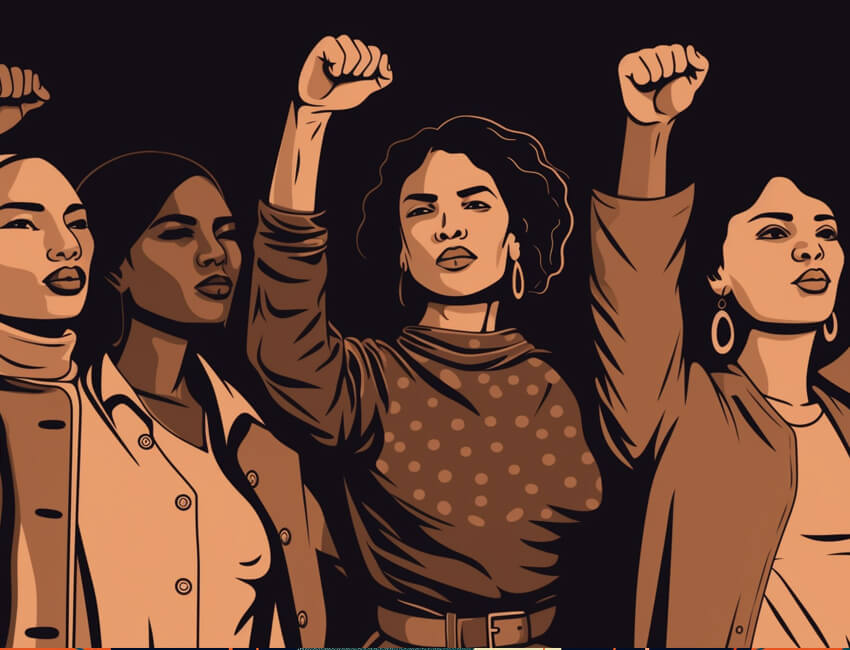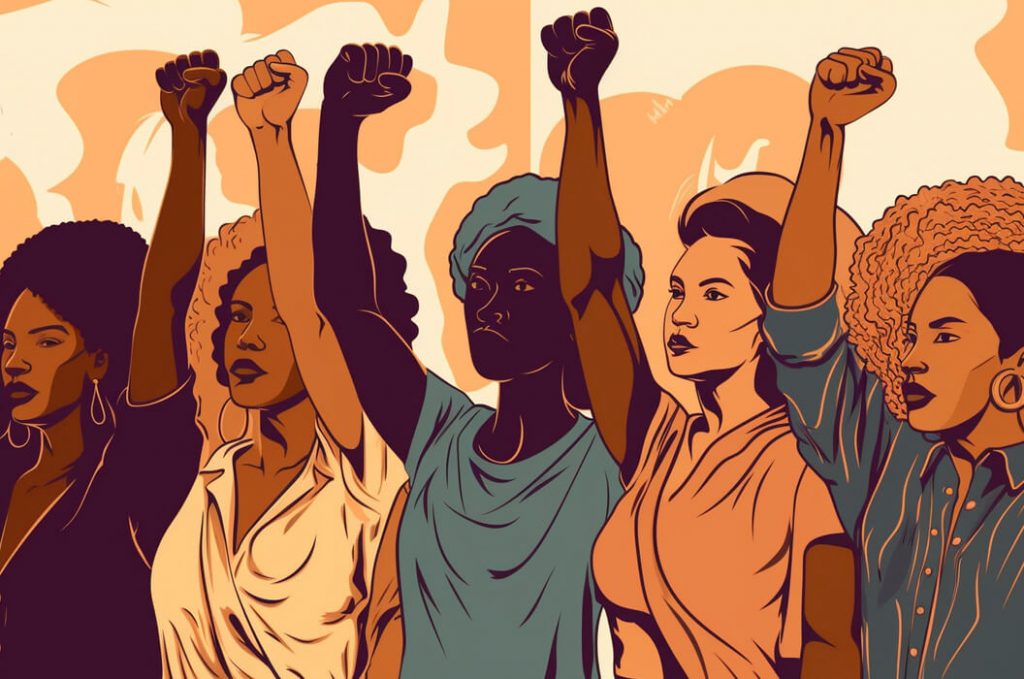Sexual satisfaction is a crucial aspect of intimate relationships, and understanding the dynamics surrounding it can provide valuable insights into gender inequalities.
Studies consistently show a disparity in orgasm rates between men and women, highlighting a significant orgasm gap. This blog post explores the orgasm statistics and draws parallels between this disparity and the gender pay gap, shedding light on the persistent challenges faced by women in achieving sexual satisfaction and the broader implications for gender equality.
The Orgasm Gap: Unveiling the Disparity
Research has consistently found that men tend to have higher rates of orgasm than women during sexual encounters. Studies indicate that heterosexual men are more likely to experience orgasm, with rates often surpassing 90%, while women’s orgasm rates range from 50% to 70%. This orgasm gap signifies a clear disparity in sexual satisfaction, leaving women less fulfilled and potentially impacting their overall relationship satisfaction.
Root Causes of the Orgasm Gap
Multiple factors contribute to the orgasm gap, reflecting deeply ingrained societal norms and expectations. Firstly, the focus on male pleasure within sexual encounters often leaves women’s pleasure as an afterthought. This reflects broader gender dynamics and reinforces the idea that women’s sexual satisfaction is secondary to men’s.
Furthermore, limited knowledge about female sexual pleasure and the persistent stigma surrounding female sexuality contribute to the lack of communication and understanding between partners.
Similarities to the Gender Pay Gap

The orgasm gap shares striking similarities with the gender pay gap, illustrating the systemic nature of gender inequality. Both gaps result from deeply rooted gender norms, expectations, and power imbalances.
Just as women are often paid less than men for equal work, women’s sexual pleasure is undervalued and marginalised within sexual encounters. Both gaps perpetuate the notion of women as being less important and deserving of equal satisfaction or compensation.
Societal Factors and the Relationship Satisfaction Gap
The orgasm gap not only affects sexual satisfaction but also has implications for relationship dynamics and overall satisfaction. When women consistently experience less sexual fulfillment, it can lead to feelings of frustration, resentment, and dissatisfaction within their relationships.
This parallels the relationship satisfaction gap, where studies show that women tend to be less satisfied in their relationships compared to men. Addressing the orgasm gap is thus vital for fostering healthier, more equitable relationships.
Striving for Equality in the Bedroom and Beyond

Closing the orgasm gap requires a multi-faceted approach. Firstly, open communication and education about female sexual pleasure are crucial for debunking myths and reducing stigma. This includes promoting comprehensive sex education that includes discussions of female pleasure and consent.
Challenging societal norms and expectations surrounding gender and sexuality is also essential. Encouraging a shift away from male-centric narratives and prioritizing mutual pleasure can help bridge the orgasm gap. Both partners should be actively engaged in creating a sexually satisfying and egalitarian environment.
To address the parallels between the orgasm gap and the gender pay gap, broader efforts to dismantle gender inequalities must be pursued. This includes advocating for equal representation, challenging gender stereotypes, and combating discrimination in all areas of life.
The orgasm gap serves as a sobering reminder of the persistent gender inequalities that exist within intimate relationships and society as a whole. It reflects broader power imbalances and expectations surrounding gender and sexuality.
By acknowledging and addressing this disparity, we can take important steps towards fostering healthier, more satisfying relationships and advancing gender equality.
Closing the orgasm gap is not just about achieving sexual fulfillment; it is a vital part of creating a more equitable and inclusive society for all.

















